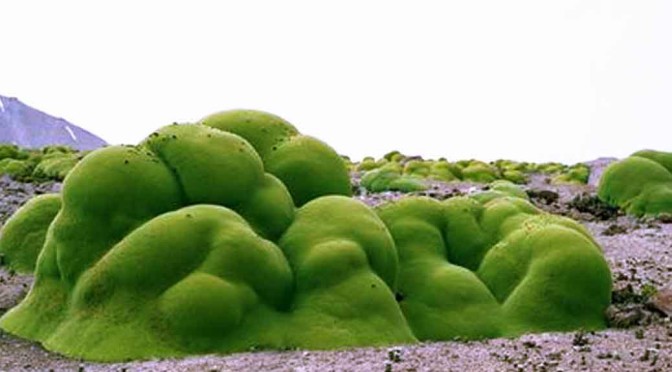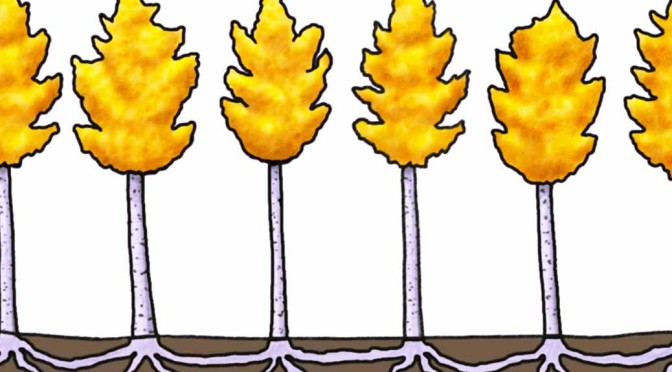By Anupum Pant
It looks like moss, but it isn’t. Nor is it slimy.
This gooey or slimy looking thing is actually a plant which grows in Bolivia, Chile, Argentina and Peru, up in the Andes at altitudes between ten to fifteen thousand feet. Believe it or not, some of these plants are more than 3000 years old. Yes, they are one of the oldest living organisms on the planet earth – older than the golden age of Greece.
Even though the plant looks slimy goo-like from a distance, when you go closer, it is actually solid and dry to the touch. The surface of the plant consists of densely packed tens of thousands of tiny buds and flowers which make the surface feel like a pillow. That is the reason it is also known as the Andes Pillow. In fact the surface is so stiff that a person can lie on it and the plant won’t get crushed.
It is sort of a cousin to parsley and carrots. And it is interesting to note that the plant smells like mint. Locals often boil it in water and use it to cure muscle pain.
Llareta grows extremely slowly. It grows about 1.5 cm every year. The ones which are about 2.5 to 3 meters in size can be said to have grown for hundreds of years to reach that size.
Since Llareta is dense and dry, it burns like wood, and has been known to be used by the climbers/hikers to make fire. Some say that it was also used in steam engines instead of coal. This careless burning of the extremely slow-growing living museum has endangered their long-term survival.
via [RadioLab]

